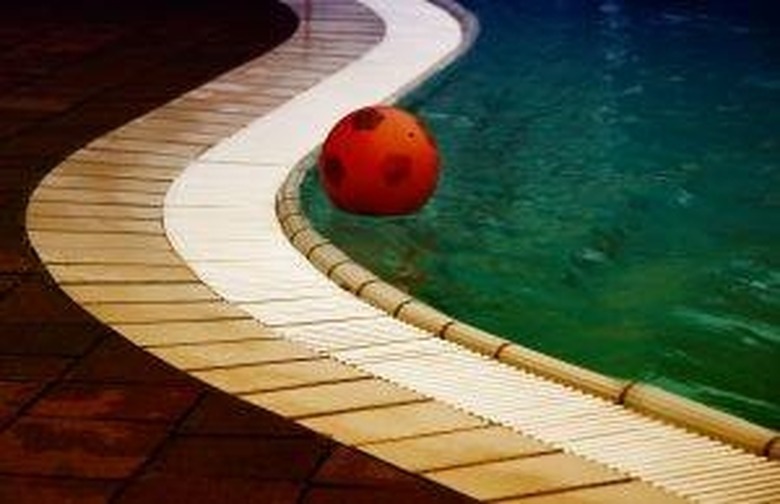How To Dispose Of Swimming Pool Chemicals
Having a swimming pool in the backyard means having a place to splash around with the kids, get some low-intensity exercise or simply escape the blazing summer heat in the cool, clean water. However, owning a pool also means added responsibility. The water bill will definitely go up, and then there is the expense and duty of cleaning and maintenance. If you find yourself with leftover pool chemicals, do you know what to do with them?
Step 1
Ask neighbors who have pools if they are able to use the leftover pool chemicals. They might welcome the extra supplies.
Step 2
Check with local stores that sell pool supplies. Most will be able to dispose of chemicals or send them back to the manufacturer.
- Having a swimming pool in the backyard means having a place to splash around with the kids, get some low-intensity exercise or simply escape the blazing summer heat in the cool, clean water.
- Ask neighbors who have pools if they are able to use the leftover pool chemicals.
Step 3
Donate swimming pool chemicals to neighborhood or other local pools. Public pools are maintained and cleaned much more frequently than private ones, and therefore require more chemicals.
Step 4
Take swimming pool chemicals to a household hazardous waste facility. Most localities allow residents to drop off toxic chemicals at no charge, although some will demand a small fee.
Step 5
Contact your city or county's waste management department. These departments typically have quarterly or biannually pick-ups of hazardous materials such as pool supplies and paint.
Shock A Swimming Pool
Shocking a swimming pool is the process of adding a large dose of chlorine to the water, killing bacteria and bringing the pool's free chlorine levels up into the desired range. The shocking process itself is simple, but you need to know when and why to shock your pool, as well as how. The first is free chlorine. Chloramines do not provide any benefit for the pool, and can irritate a swimmer's skin and eyes. Knowing what causes chloramine spikes will help you recognize when the pool is most likely to require water testing and a little attention. Check your pool's pH level. The pH level in your pool should between 7.2 and 7.4 when you're shocking. Check your chloramine and free chlorine levels as well, to determine if shocking the pool is truly necessary. Thoroughly vacuum your pool to remove any debris. Wait until evening to shock your pool. Shocking at night eliminates this problem Fill a bucket with water and then add the chlorine shock to the water. ** You'll need 2 pounds of pool shock for every 10,000 gallons of water in your pool. This typically takes eight to 12 hours after shocking.
- Donate swimming pool chemicals to neighborhood or other local pools.
- Check your chloramine and free chlorine levels as well, to determine if shocking the pool is truly necessary.
Warning
Never dump pool chemicals down a drain, toilet or into the trash.
